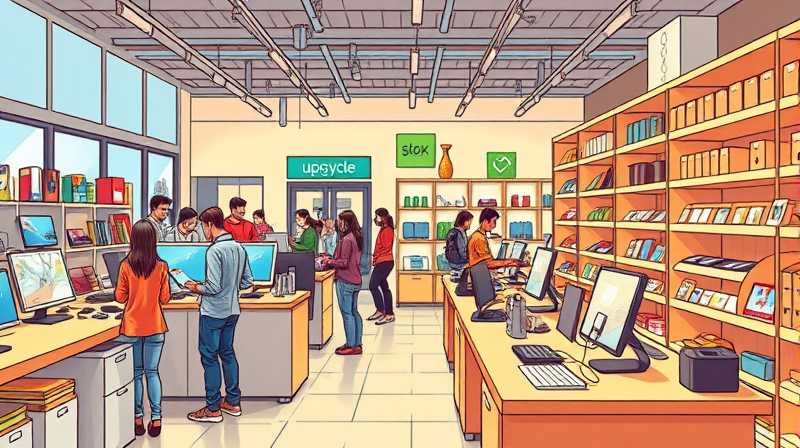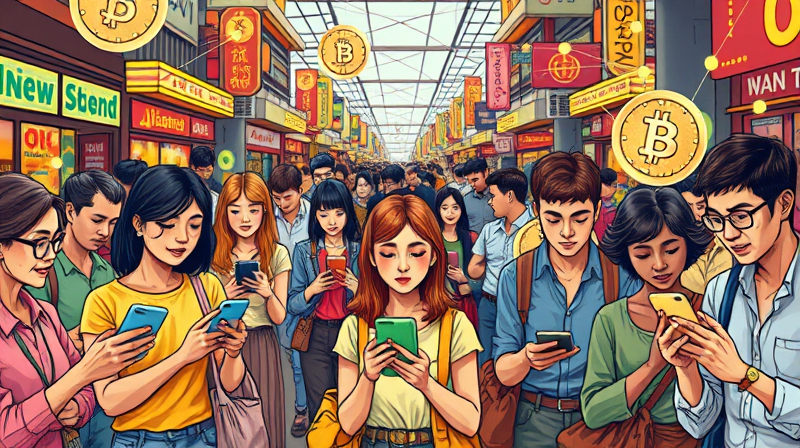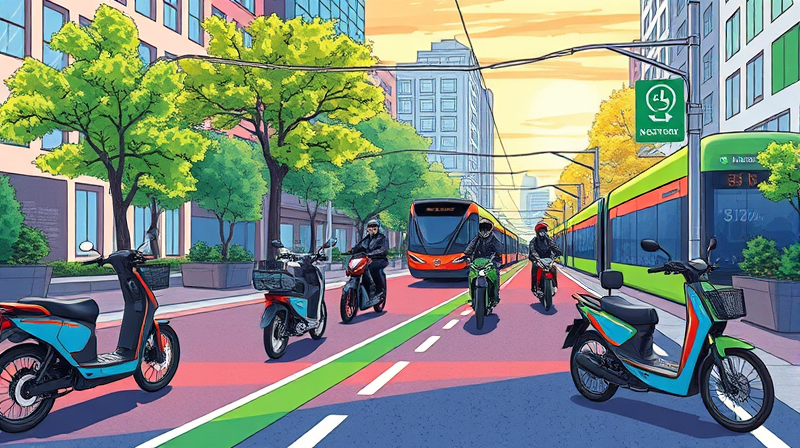
The global retail landscape is undergoing a profound metamorphosis as brands and consumers align around a shared vision of sustainability. From urban millennials demanding transparency to seasoned executives seeking resilience against raw material volatility, the shift toward circularity is driving widespread change.
At the core of this movement is the circular economy, an approach that redefines ownership, prolongs product lifecycles, and embeds environmental consciousness into every transaction. This article explores the key forces, models, and technologies that are rapidly transforming retail into a more resource-efficient and engaging industry.
Consumers today are no longer passive buyers. They actively seek brands that reflect their values and reward sustainable practices with their wallets. Recent surveys reveal that a majority of shoppers are ready to invest more in products that reduce waste or reuse materials.
As consumer expectations evolve, retailers must move beyond traditional one-way sales and embrace models that foster ongoing post-sale interactions, strengthening loyalty and reducing waste.
Retailers are experimenting with diverse circular models, each offering unique opportunities for revenue and customer engagement. Some of the most impactful approaches include:
These innovations not only address environmental concerns but also create new touchpoints for customer engagement, driving recurring revenue streams.
Advanced technologies are the backbone of scalable circular economy initiatives, enabling retailers to monitor, manage, and optimize every step of the product lifecycle.
By leveraging these tools, retailers can transform complex circular processes into seamless, cost-effective operations that delight customers and protect resources.
Embracing circular models yields a powerful combination of economic and ecological advantages. Retailers that pioneer these practices enjoy:
Extended Profit Margins: Capitalize on services like rentals, repairs, and resale to earn revenue beyond the initial sale. Circular offerings can boost lifetime customer value by 20–30% through repeat interactions.
Stronger Customer Loyalty: Frequent exchanges and refurbishment opportunities keep brands top of mind, fostering deeper customer-brand relationships and higher retention rates.
Reduced Environmental Impact: Minimizing waste, lowering greenhouse gas emissions, and decreasing reliance on virgin materials help companies meet ambitious ESG targets.
Enhanced Resilience: Diversifying supply streams through refurbished inventory and recycled inputs shields businesses from raw material price shocks and logistical disruptions.
Governments in Europe and North America are rolling out stringent ESG regulations that mandate accurate reporting of circularity metrics. These rules drive investment in digital traceability and life-cycle analysis tools.
International momentum is building around waste reduction treaties and cross-border resource-sharing agreements. However, some regions risk falling behind if they fail to adopt unified standards or invest in supporting infrastructure.
In major hubs like London, New York, Berlin, and Singapore, incubators and accelerators are fueling startups focused on sustainable packaging, battery reuse, and textile innovation—underscoring the global nature of this revolution.
Despite clear benefits, scaling circular models brings challenges. Operational complexity increases as retailers juggle multiple service offerings, refurbishment centers, and reverse logistics channels.
Data privacy and cybersecurity become paramount when tracking product history and consumer behavior across digital platforms. Retailers must invest in secure, interoperable systems to maintain trust and compliance.
Geopolitical volatility and shifting trade policies can disrupt supply chains, underscoring the need for agile strategies and diversified sourcing of recycled materials.
Looking ahead, collaboration between brands, policymakers, and consumers will be vital. Shared digital infrastructures, standardized reporting frameworks, and incentives for sustainable innovation will accelerate adoption.
By embracing circular economy principles today, retailers can pioneer resilient, resource-efficient models that deliver long-term value for businesses, communities, and the planet.
References













